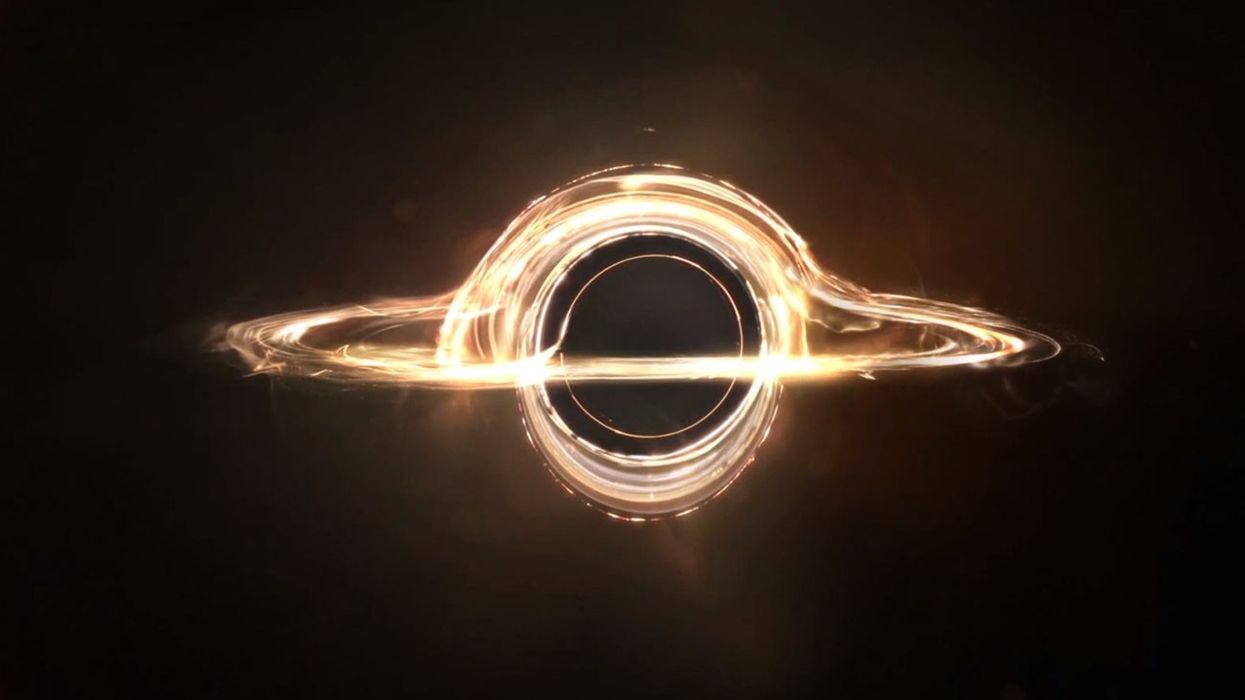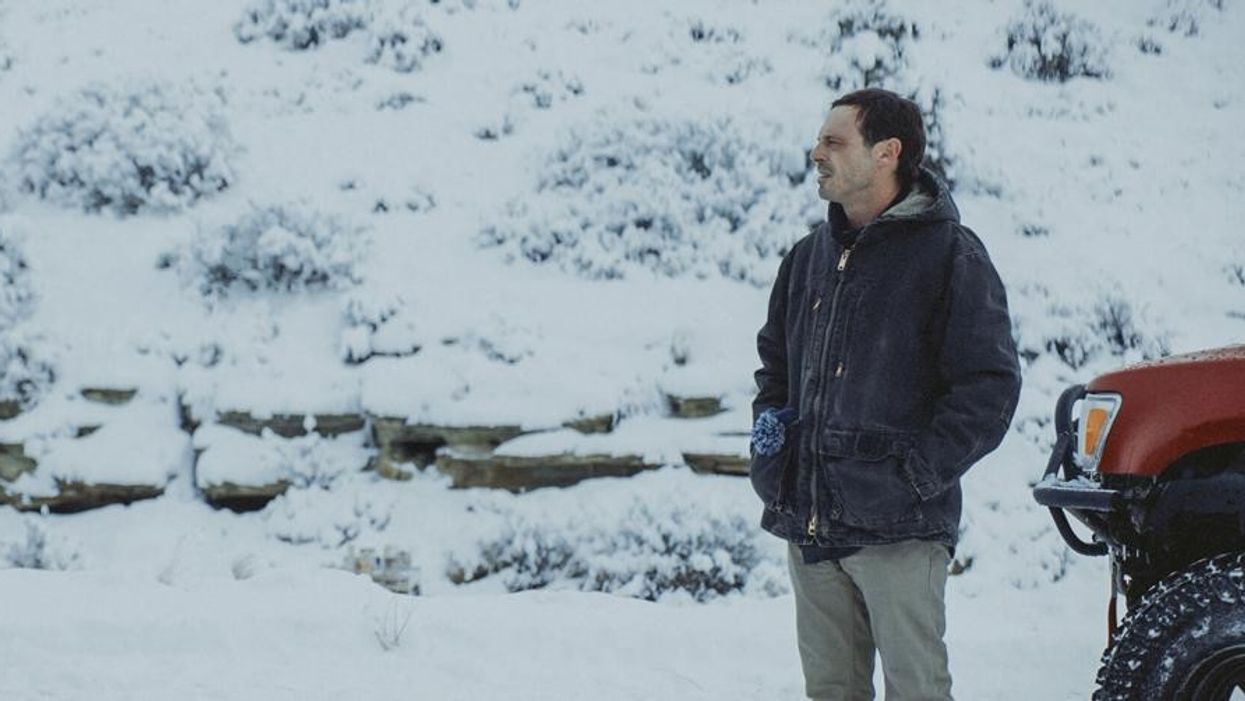Learn How to Re-Create the 'Interstellar' Black Hole Using Practical Effects
The black hole in Interstellar is awesome, and in this tutorial, you'll find out how to re-create it using all in-camera visual effects (as well as a few tweaks using After Effects).

I'm sure you can guess who came up with a practical way to make an Insterstellar black hole -- Joey Shanks of Shanks FX, of course. Earlier this month, he came out with a demonstration on how to use light painting techniques to create the look of a black hole. However, the video left many questions, like how to use post-production software to animate, composite, and grade the footage for a final composition.
Well, Shanks has partnered with Red Giant to bring you an in-depth tutorial on how he not only pulled off the black hole, but the cosmic atmosphere that you'll put it it. All practical effects. All shot in-camera.
But before we get to the tutorials -- how was the original black hole from Interstellar created? The story behind its design is actually incredibly interesting -- even groundbreaking, and not just for the cinematic community, but the scientific community as well, especially those working in astrophysics and quantum mechanics. This video from Wired explains the incredible discovery made during production, as well as how the entire process of creating the black hole played out.
Okay -- now, let's get started! First, here's Shanks' original tutorial that shows you the light painting techniques he used:
This is the extended tutorial he did for Red Giant, which is great, because he shows you every step he took in post -- something that was missing in his previous tutorial. After creating the basic form of the black hole with light painting, Shanks jumps into Dragonframe and After Effects to create the "atmosphere", as well as to do some compositing. He also uses Red Giant to add filtration.
He re-creates the cosmic environment using a practical technique that utilizes a sheet of glass, paper towel particles, food coloring, and other inexpensive household items. He actually shared a tutorial that breaks down that process, which we covered over a year ago. (It was my glorious introduction to Shanks' magical genius -- and I was hooked.) Since then, he has uploaded an updated version of the "cosmos" tutorial that walks you through it step-by-step.
Would/do you ever create special effects this way -- practically? Let us know in the comments!
Source: Red Giant Tutorials











